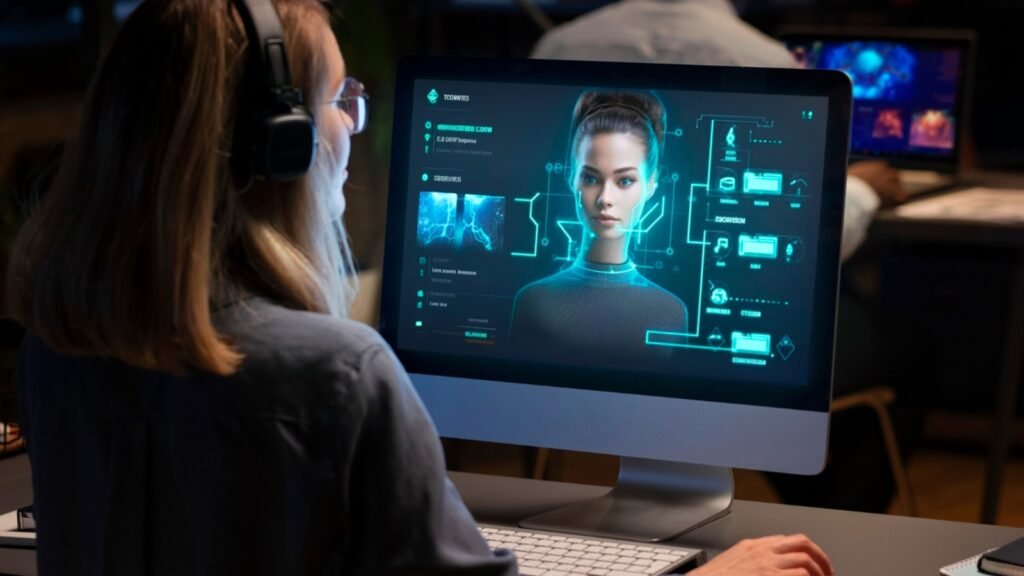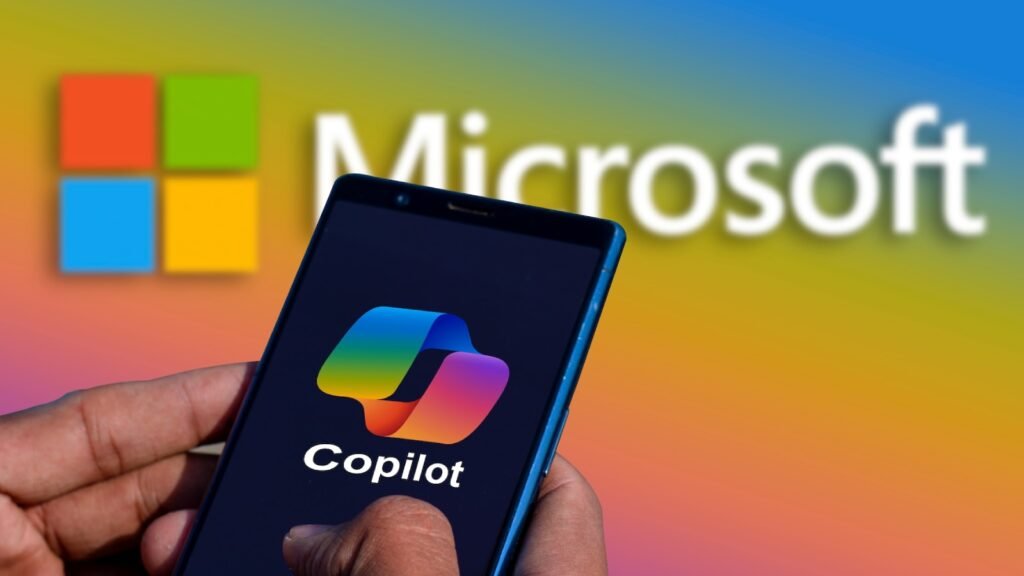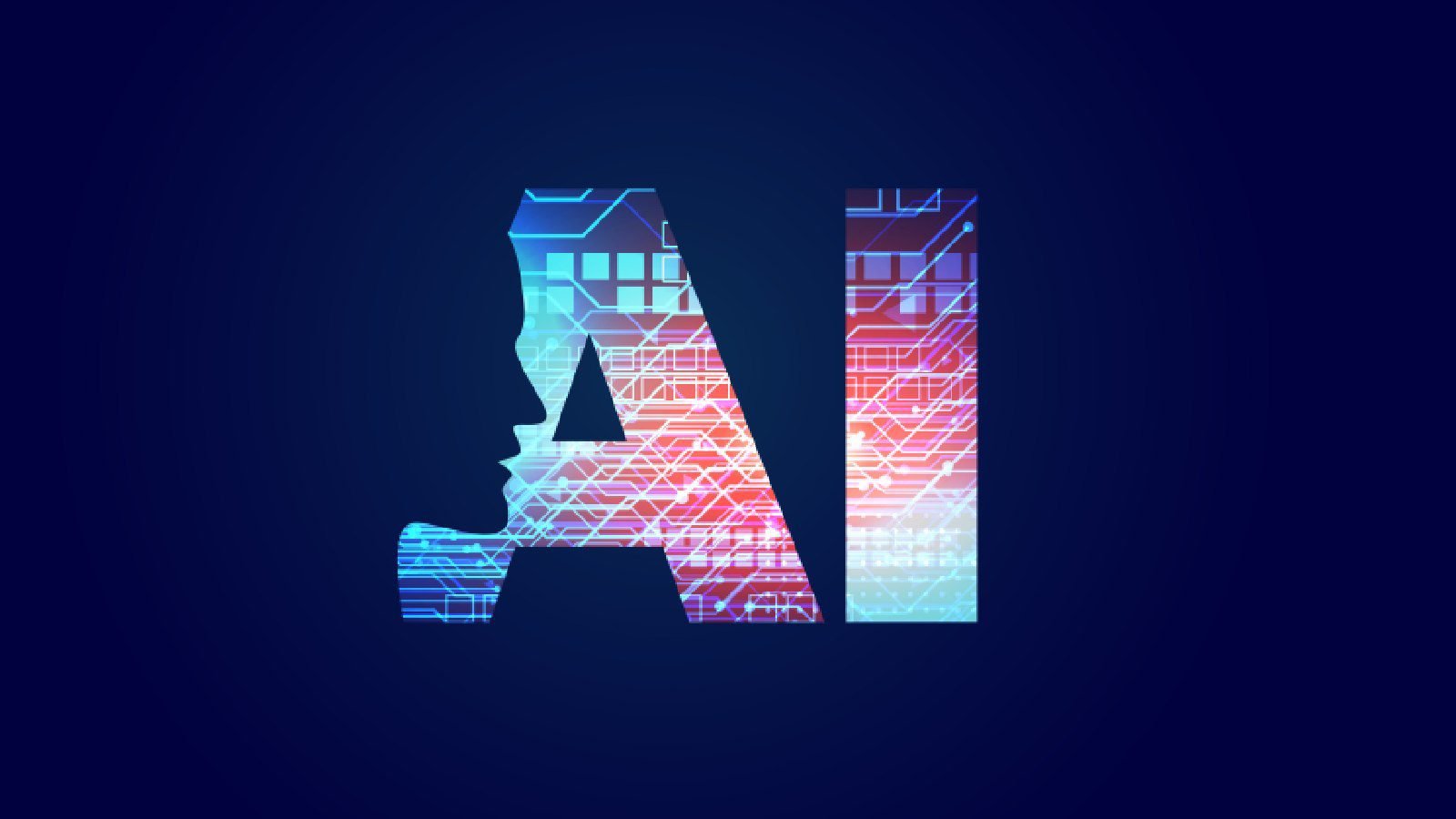Table of Contents
Highlights
- The rapid evolution of Artificial Intelligence has transformed many industries on an unprecedented scale, bringing in a new era where automation and efficiency converge seamlessly.
- In 2025, the use of generative AI is at an all-time high and has advanced far beyond its early capabilities, evolving into a powerful force that has been deeply integrated into content creation, design, and software development.
- No longer just experimental or supplementary, AI-driven tools have become indispensable assets, fundamentally altering workflow across multiple professions.
Generative AI has empowered users such as writers, marketers, and businesses to generate high-quality text, images, and videos in record time, revolutionizing digital storytelling and branding. In the design world, AI tools assist professionals in creating visually compelling graphics, user interfaces, and marketing materials with remarkable precision. Meanwhile, software developers use AI-powered coding assistants to streamline programming tasks, all while using various systems to accelerate debugging and enhance cybersecurity. As these technologies continue to evolve, their influence extends beyond efficiency, as they reshape the entire creative process, providing access to sophisticated tools and challenging traditional notions of authorship and originality.
AI-Powered Content Creation
The ability of generative AI to produce high-quality text, images, and videos has brought about various new trends in the field of content creation. Writers, marketers, journalists, and businesses now heavily rely on AI-driven tools to generate everything from blog posts to advertising materials with varying degrees of speed and efficiency. AI-powered writing assistants such as OpenAI’s ChatGPT-4o, Jasper.ai, and Copy.ai are now an integral part of content development, assisting professionals in crafting compelling narratives, optimizing SEO strategies, and automating reports. With the rise of AI-generated content, AI detectors help verify authenticity, while AI humanizers help refine tone and readability to ensure a more natural, human-like voice.

ChatGPT-4o, for instance, enables its users to generate detailed and contextually relevant articles, answer complex queries, and refine drafts based on user input. It is widely used for generating creative stories, summarizing information, and even producing conversational chatbot scripts. Jasper.ai is a go-to tool for marketing teams, allowing them to generate persuasive social media ads, landing pages, and email campaigns, all the while ensuring brand consistency. Copy.ai excels in crafting engaging headlines, product descriptions, and sales copy, making it a valuable asset for e-commerce and digital marketing professionals.
These AI-driven tools do not merely generate content but also augment its quality through various grammar checks, tone adjustments, and SEO optimizations. They allow users to maintain brand voice consistency and increase the efficiency of general content production. By reducing the time spent on drafting and editing, they enable creators to focus on strategy and engagement, ensuring that their messaging is both impactful and data-driven.

Beyond text generation, AI has made remarkable strides in visual content creation. Tools like DALL.E 3, Adobe Firefly, and Runway ML have enabled users to generate photorealistic images and even entire video sequences from a simple text prompt. This innovation has dramatically changed industries such as advertisement, entertainment, and e-commerce, where high-quality visuals are paramount. AI-generated graphics can be seamlessly integrated into branding efforts, social media campaigns, and product showcases. This matters as it genuinely reduces the amount of time and cost associated with traditional design and photography.
Music composition and sound design have also benefited from AI’s evolution. Platforms like AIVA, Boomy, and Soundraw allow musicians and producers to experiment with AI-generated compositions, assisting in creating background scores, or even in producing beats. These tools cater to content creators, game developers, and marketing professionals who require unique soundscapes without extensive musical expertise. This endeavour also remarkably reduces the cost of utilities for the company.
The Evolution of AI-Driven Design

Graphics design and visual arts have undergone a significant transformation due to AI’s ability to generate visuals with minimal human intervention. AI-powered design platforms such as Canva AI, Lummi AI, and Fotor are now widely used by professionals and amateurs alike. These tools are used basically to create pleasing graphics, logos, and branding materials. They utilize machine learning algorithms to analyze design trends, suggest templates, and automatically add elements like colour schemes, font choices, and image placements to improve visual appeal.
Canva AI, taken as an example, allows users to generate entire design layouts with simple text prompts, quickly creating marketing materials without the need for advanced design skills. Lummi AI offers enhanced photo editing capabilities, allowing users to do various tasks with ease, such as removing backgrounds, enhancing the quality of an image, and even applying stylistic effects effortlessly. Fotor, lastly, provides AI-powered filters and retouching tools, making it a popular choice for digital artists and social media content creators.
Beyond static images, AI-driven design tools are also influencing motion graphics and video production. AI-powered platforms such as Runway ML enable designers to create animations and visual effects with ease, automating tasks that traditionally required significant time and expertise. These advancements empower creatives to explore new artistic possibilities while reducing or outright removing the barriers to professional-grade design.

The impact of AI in design extends even beyond simple image generation. It is now actively shaping industries such as fashion, architecture, and interior design. AI-powered software can generate innovative fashion designs, assist in conceptualizing interior layouts, and streamline architectural planning. By analyzing patterns, styles, and user preferences, AI enables designers to push the boundaries of creativity while ensuring functionality and user-centric design.
AI also plays a significant role in spheres of digital art and illustrations, with tools like Deep Dream Generator and AutoDraw facilitating the creation of intricate and unique visuals. These applications are being used in book publishing, advertising, and film production, where AI-generated imagery is increasingly seen as a viable alternative to traditional artwork.
AI in Software Development
Software development has seen groundbreaking advancements with AI’s ability to assist in coding, debugging, and even cybersecurity. AI-powered coding assistants like GitHub Copilot, Tabine, and Replit Ghostwrite have revolutionized the way developers write code, offering real-time suggestions and automating repetitive coding tasks.

GitHub Copilot acts as an AI-powered pair programmer that suggests entire lines of code, functions, and even complete algorithms as developers type. It integrates seamlessly with code editors like Visual Studio Code and helps programmers reduce the time spent on repetitive coding patterns. Tabine, another AI-driven tool, provides intelligent code completions based on deep learning models trained on millions of open-source repositories. It predicts the next lines of code based on context, enabling developers to write more efficient and error-free programs. Replit Ghostwriter, designed for an interactive development environment, assists programmers by offering contextual code snippets and debugging suggestions in real-time, making it particularly useful for beginners and seasoned developers alike.
These tools significantly reduce development time, improve accuracy, and help developers focus on solving complex problems rather than mundane coding tasks. By automating routine tasks, AI-powered coding assistants enable software engineers to enhance productivity while maintaining high-quality code standards.

Beyond code generation, AI has also transformed cybersecurity, offering powerful tools for threat detection and prevention. Platforms such as Draktrace, Microsoft Security Copilot, and Google Chronicle utilize AI-driven analytics to identify security vulnerabilities and predict cyber threats. With cybercrime becoming more sophisticated, AI’s ability to monitor networks, analyze suspicious activities and prevent data breaches is critical for organizations across various industries.
The rise of low-code and no-code development platforms has also been fueled by AI, enabling individuals with minimal programming experience to create applications and automate workflows. These AI-assisted platforms prioritize software development, allowing businesses to deploy solutions faster, with much more efficiency.
Ethical Considerations and Challenges
Despite its numerous advantages, the widespread adoption of generative AI raises the issue of ethical concerns and challenges that must be addressed. One of the most pressing matters is that of copyright and intellectual property rights. Since AI models are often trained on vast datasets, questions surrounding ownership of AI-generated content remain unresolved. Companies and regulatory bodies are working to establish guidelines that ensure fair usage while protecting the rights of content creators.
Bias and misinformation are other major concerns associated with generative AI. AI systems learn from existing data, which means they can inadvertently reinforce societal biases and spread misinformation. Ensuring ethical AI usage requires continuous monitoring, dataset refinement, and transparent AI governance.

Plus, the rise of AI-driven automation has sparked debates about job displacement. While AI boosts productivity, it also raises concerns about the future of human employment in industries that heavily rely on creative and technical skills. Governments and businesses must work together to reskill and upskill workers, ensuring that AI serves as a complement to human expertise, rather than a replacement.
Regulatory compliance is another challenge, as governments worldwide are implementing policies to ensure responsible development, as well as the deployment of AI. Striking this delicate balance between innovation and regulation is crucial to fostering an AI ecosystem that is ethical, accountable, and beneficial to society.
Future Prospects of Generative AI
As AI technologies continue to advance further, the future holds even more possibilities for generative AI in content creation, design, and software development. AI is expected to become increasingly personalized, offering hyper-customized content and recommendations tailored to individual preferences. This trend will be particularly significant in marketing, entertainment, and e-commerce, where personalization is key to better engagement and customer satisfaction.
The collaboration between AI and human creators is also expected to deepen. Rather than replacing human creativity, AI will serve as a tool that will push human creativity to a further, much more accessible level. By automating tedious tasks, AI will allow professionals to focus on innovation and storytelling, leading to more compelling and impactful creations.

Another critical development will be the implementation of more comprehensive AI governance frameworks. As AI becomes more integrated into everyday life, it is essential to establish ethical standards, address privacy concerns, and ensure transparency in AI-generated content. Governments, organizations, and AI researchers must work together to build responsible AI systems that prioritize fairness, accountability, and user trust.
The adoption of AI-driven automation across industries will also continue to grow, streamlining workflow and improving efficiency. Businesses that utilize AI will gain a competitive edge, as AI-powered tools can enhance productivity, reduce costs, and drive innovation.